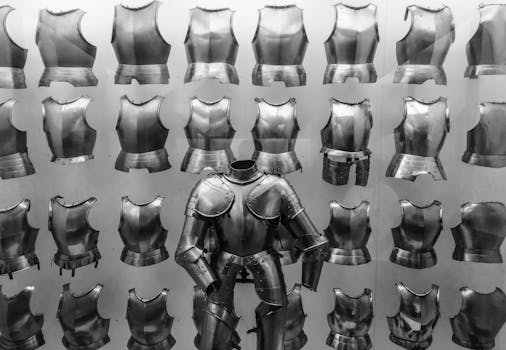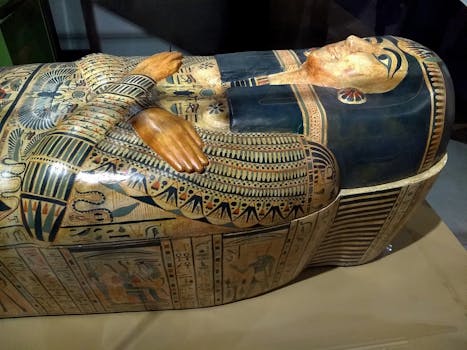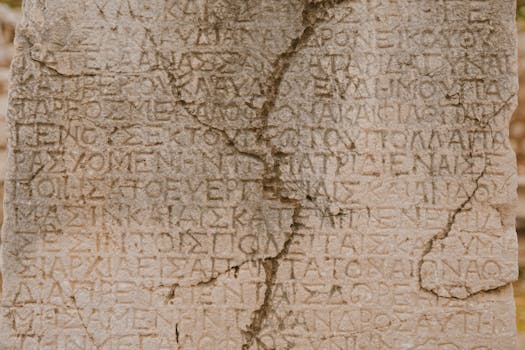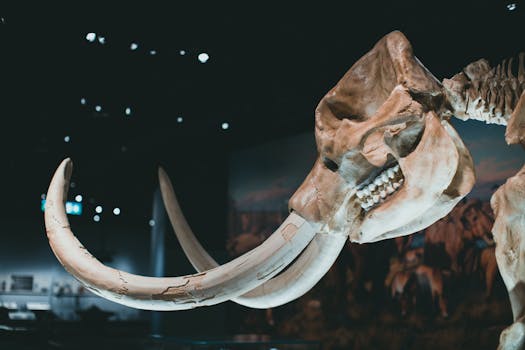Understanding Cultural Heritage

Cultural heritage encompasses the traditions, monuments, objects, and artifacts indicative of a particular culture or civilization’s identity. It serves as a bridge between the past and the future. Our cultural heritage is not merely aesthetic; it provides insight into the values, beliefs, and artistic tendencies of different societies over time. However, as globalization spreads, damage to these histories has increasingly become a reality that everyone must reckon with.
The Urgency of Preservation Efforts

Currently, our world’s cultural heritage faces unique threats. War-torn regions see significant destruction of historic sites as they succumb to political strife. Moreover, development projects disregard historical preservation in favor of urban expansion, jeopardizing artifacts perched near construction zones. Theft and trafficking of artifacts on the black market further complicate preservation efforts, often leading to irreplaceable losses. These circumstances amplify the urgency for effective preservation strategies.
Global Initiatives and Collaborations

In response to the pressing need to safeguard cultural heritage, numerous global initiatives and organizations have emerged. The United Nations Educational, Scientific and Cultural Organization (UNESCO) is at the forefront, aiming to safeguard heritage grappling with endangerment worldwide. Initiatives such as The Groves of Academe aim to collect, restore, and repatriate artifacts to their original locales, ensuring people can reconnect with their history. Additionally, public-private partnerships have arisen to tackle specific regional preservation goals. These collaborations often involve leveraging innovative technologies, such as 3D printing and digital archiving, to replicate and distribute artifacts while providing broader access to cultural education.
The Role of Technology in Preservation

The integration of technology into the historical preservation process marks a significant paradigm shift. Techniques like photogrammetry produce detailed digital reconstructions of artifacts, enabling their virtual documentation and study. Environments like virtual reality allow enthusiasts, researchers, and students access to places they would never physically visit, removing limitations due to geographic boundaries. The synthesis of Big Data analysis and machine learning opens new avenues for organizations regarding artifact classifications and preservation tracking, enhancing knowledge about significant sites and objects.
The Call to Action

Preserving cultural heritage is not solely the duty of educators and specialists but involves contributions from all individuals. Each act—whether through visiting museums, suporting heritage protection campaigns, or even advocating for artifacts’ legality—can push forward the mission to protect centuries worth of identity housed within objects and sites. Everyone must harness their collective efforts, recognizing that our history is under threat. Each century-old artifact that disappears is a fragment of a shared human identity lost forever.





